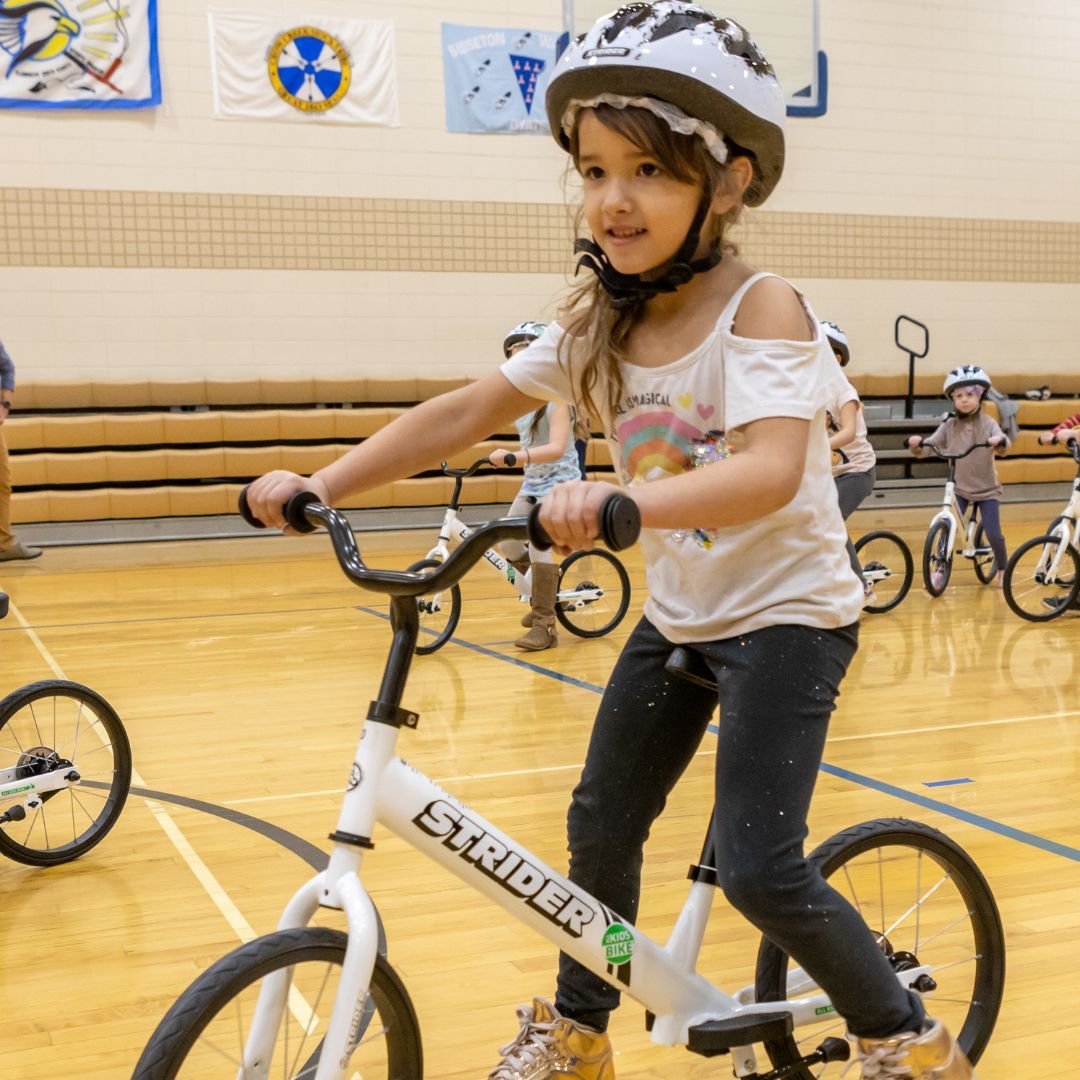
The Relationship Between Physical Activity and Learning
We hear a lot about how physical exercise is good for our bodies, but what about its impact on our brains?
As it turns out, physical activity also has significant benefits for both mental function and learning. According to the Centers for Disease Control (CDC), “Students who are physically active tend to have better grades, school attendance, cognitive performance (e.g., memory) and classroom behaviors (e.g., on-task behaviors).” Moreover, research has shown that exercise may have special benefits for children with learning disabilities such as ADHD and autism.
While the connection between physical activity and learning is a useful one in any context, it’s particularly valuable now, when the fallout from pandemic-related school closures are still continuing to affect students across the nation.
Here, we’ll give a brief overview of exactly why exercise is beneficial for children’s brains, and why it’s important to integrate physical activity into their learning.
Exercise Improves Memory
Research has shown a positive correlation between exercise and memory. When we exercise, our bodies produce higher levels of brain-derived neurotrophic factor (BDNF). This protein helps with synaptogenesis (creating new connections between nerve cells) and also promotes the survival of existing nerve cells. Ultimately, the increased levels of BDNF contribute to retaining information and forming new memories—both of which are extremely useful for students, who are expected to synthesize and remember large quantities of information on a regular basis.
Additionally, scientists have found that people who exercise more are also more likely to have greater cortical mass, including a larger hippocampus, the part of the brain responsible for storing memories.
Exercise Boosts Cognition and Thinking
Moving your body also improves brain function through other means. Exercise boosts blood flow to the brain, thus increasing the supply of oxygen and nutrients to the brain. Researchers added that the activation of sensorimotor neural networks in the brain during exercise are effective in “adding kinetic detail and meaning to [students’] thinking.” This, in turn, allows students to take an “active, multisensorial role in their learning,” which increases concentration and enhances learning.
Moreover, physical activity stimulates the release of neurotransmitters like dopamine and serotonin. Not only are these known to boost mood (and who doesn’t benefit from being in a better mood when trying to learn something new?), they’re also believed to play a role in things like motivation, focus, and attention.
Exercise Reduces Mental and Physical Stress
From an indirect perspective, physical activity helps with learning and academic performance by reducing stress and alleviating mental health issues. Staying engaged and learning new things is often difficult for people who are experiencing high levels of stress and/or dealing with mental health issues.
This reduction is largely thanks to the aforementioned neurochemicals produced when we exercise, dopamine and serotonin. However, exercise also provides a welcome distraction from stressors or negative emotions, allowing both kids and adults to clear their minds and refocus on what’s in front of them.
Exercise Can Help With Learning Disabilities
Staying engaged at school can be particularly challenging for students with intellectual or developmental disabilities, such as autism spectrum disorder (ASD) and ADHD. In particular, for children with autism, exercise has been correlated with reduced stereotypical behaviors, improved social skills, and better attention. Children with ADHD have also been observed to show notable positive outcomes when they get more exercise, including improved executive function and reduced aggressive behaviors and/or social problems.
To Improve Learning Outcomes, Bring Exercise to School
Experts recommend that kids aged 6-17 get at least an hour of moderate to vigorous physical activity each day—but according to the CDC, less than 25% of children in that age range actually meet that target. Incorporating regular exercise, even in small increments, into daily school routines has been proven to be effective in decreasing disruptive behavior and improving academic performance for kids.
All Kids Bike is a national movement dedicated to bringing the mental and physical benefits of bike riding to every kid in America. Led by the Strider Education Foundation, our mission is to make bicycling skills an integral part of kids’ elementary school education. Our Kindergarten PE Program provides the curriculum, bikes, and safety equipment needed to teach every kindergartner how to ride at no cost to the school itself.
All Kids Bike and the Strider Education Foundation depend on generous contributions from the community to do the important work that we do. Consider donating to a school in your area to support our vision of making this milestone skill accessible to children across the country. Contact us to learn more!